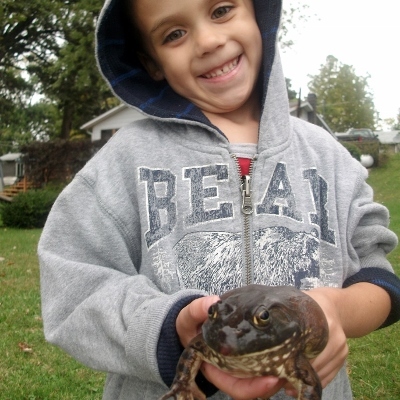 Back to school time. For the kindergarteners, this may be the first time in a large peer group. For some elementary students, this may be the first time in a new setting. In either case – and to a certain extent even for returning students at the same school – the new school year represents a whole new world of opportunities and challenges in the realm of socialization.
Back to school time. For the kindergarteners, this may be the first time in a large peer group. For some elementary students, this may be the first time in a new setting. In either case – and to a certain extent even for returning students at the same school – the new school year represents a whole new world of opportunities and challenges in the realm of socialization.
For some students, all that is necessary to enable optimal social interaction is to put them in close proximity to other students. You know the type. The social butterflies. The children, like mine, who are diametrically opposite of the person I was in elementary school. Comfortable in any gathering, outgoing and friendly.
For the rest of us, entering into a new world with its strange new rules and cliques and personalities can be intimidating. Settling in and ingratiating ourselves into existing structures isn’t so easy. We need a little extra push, a little more handholding, a little more encouragement to join in and get involved.
The key here for parents is two-fold. First, you have to know into which category your child falls. Is she a socialite in training, ready to take over the second grade on her first day at school, or is she a wallflower who likely will go the whole day without speaking to another soul unless addressed directly?
In all likelihood, your child falls somewhere on the continuum between Alpha and recluse. And it may not be exactly where you think it is. Just because little Joey is the toast of the church’s nursery program doesn’t necessarily mean that he’ll be the most popular kid in kindergarten. And just because Janie never quite fit in at Adams Elementary doesn’t mean she won’t flourish at Buchanan.
We need to keep an eye out – without smothering, mind you – to see how our children are progressing socially at school with just as much alacrity as we track their academic progress.
One more note – for the more defiant children, there is nothing more detrimental to developing social bonds than pushing them to do so. You know your child. You know when to push and when to back away. Don’t think that this is an exception to the rules that are established within your family unit. As important as this is, remember that it isn’t about making “the right” friends. It isn’t about bonding with the children of your friends or the most influential families or the prettiest girls. It is about developing relationships with his or her peers, children with common interests with whom your child can have fun. The rest will come.










